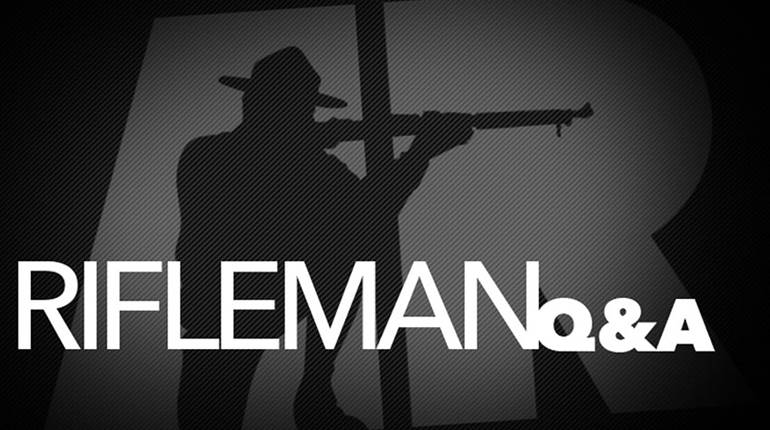
Q. Did the M1 Garand rifle ever use a plastic stock like the M14?
A. In 1941, Springfield Armory issued contracts to two commercial firms for the development of M1 rifle stocks made from synthetic resin, a plastic-like material. The stocks were tested and found to be “not suitable.” This interest in plastic stocks was prompted due to concerns of possible shortages of walnut for production of the M1 rifle. Even though there were no crippling shortages experienced, a modest amount of experimentation with plastic stocks continued through the end of World War II.

When the M1 rifle was put back into production in the early 1950s, interest in fiberglass-reinforced plastic stocks and handguards was resurrected. In the mid-to-late 1950s, several designs—including one with an unusual, re-designed comb and grip and a one-piece handguard—were fabricated and tested but never progressed beyond the experimental stage. When the M14 rifle was adopted in 1957, further development of plastic stocks for the Garand ceased. Early-production M14 rifles were still equipped with wooden stocks but were subsequently replaced by improved plastic stocks. By the time of the M16’s adoption in the mid-1960s, plastic stocks were the norm, and wooden stocks were generally viewed as anachronistic on military small arms.























![Winchester Comm[94]](/media/1mleusmd/winchester-comm-94.jpg?anchor=center&mode=crop&width=770&height=430&rnd=134090756537800000&quality=60)
![Winchester Comm[94]](/media/1mleusmd/winchester-comm-94.jpg?anchor=center&mode=crop&width=150&height=150&rnd=134090756537800000&quality=60)












